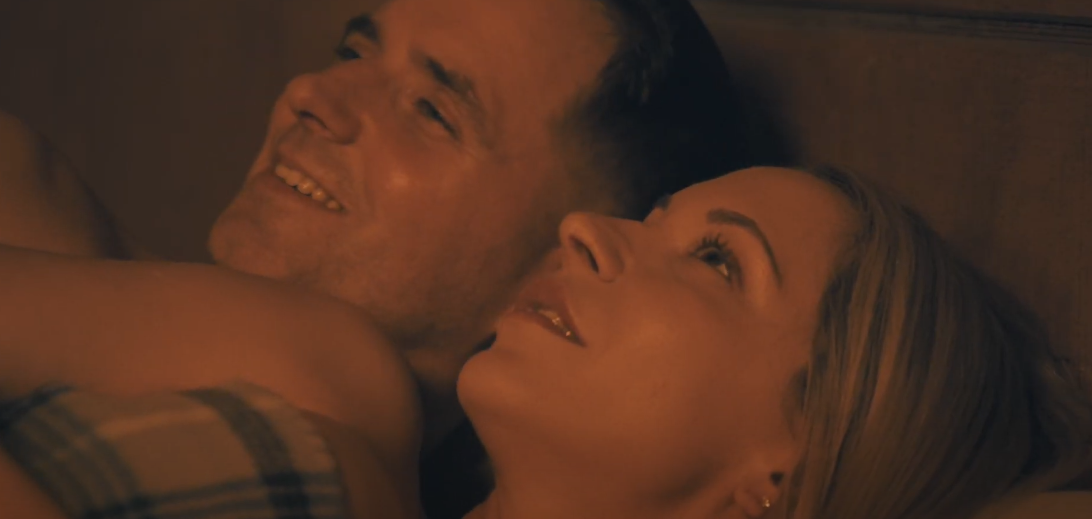Bolero is a whirlwind of cinematic chaos—a sixty-minute experiment in narrative collision that will either mesmerize or utterly confuse viewers. Directed by Nicole D’Angelo and Gregory Hatanaka, with a screenplay by Jamie Grefe, the film follows a woman traveling through dimensions to find a distant man. At its core, the premise is intriguing, hinting at a metaphysical exploration of love and longing, but the execution often feels scattershot.
Nicole D’Angelo’s narration opens with a self-aware, almost taunting monologue that warns, “no one should be watching this.” This sets the tone for a movie that seems to revel in its own absurdity. From the very first moments, Bolero presents a mix of nudity, sex, and surreal sequences, signaling that it refuses to conform to conventional storytelling. Viewers should be prepared for abrupt shifts: storylines pop up and vanish every thirty seconds, giving the impression that multiple aborted films were spliced together into one patchwork feature.
The film attempts to tie its chaotic threads together after a brief intermission, but the connections feel tenuous at best. Random characters—a ramen vendor, a robot cat, figures in Halloween masks—appear intermittently, seemingly with little purpose beyond adding to the surreal collage. Fans of Hatanaka’s work may recognize familiar actors and motifs, which gives the movie a sense of continuity with his previous films, but for newcomers, it can feel disjointed.
Despite the narrative chaos, there is an undeniable charm in the performances. Shane Ryan-Reid, with his striking high and tight fade, brings a youthful energy to the screen, while D’Angelo’s voiceover guides viewers through the madness with a dry, almost sardonic humor. It’s clear that the film is as much a meta-commentary on indie filmmaking and streaming platforms as it is a story about dimension-hopping romance.
In the end, Bolero is a polarizing experience. It is confusing, jarring, and sometimes frustrating, but for those willing to embrace its chaos, it offers bizarrely entertaining glimpses into the mind of Hatanaka and his collaborators. Think of it as a cinematic fever dream—a patchwork of ideas, performances, and inside jokes that may not fully cohere, but are fascinating in their audacious ambition.
Jessie Hobson



